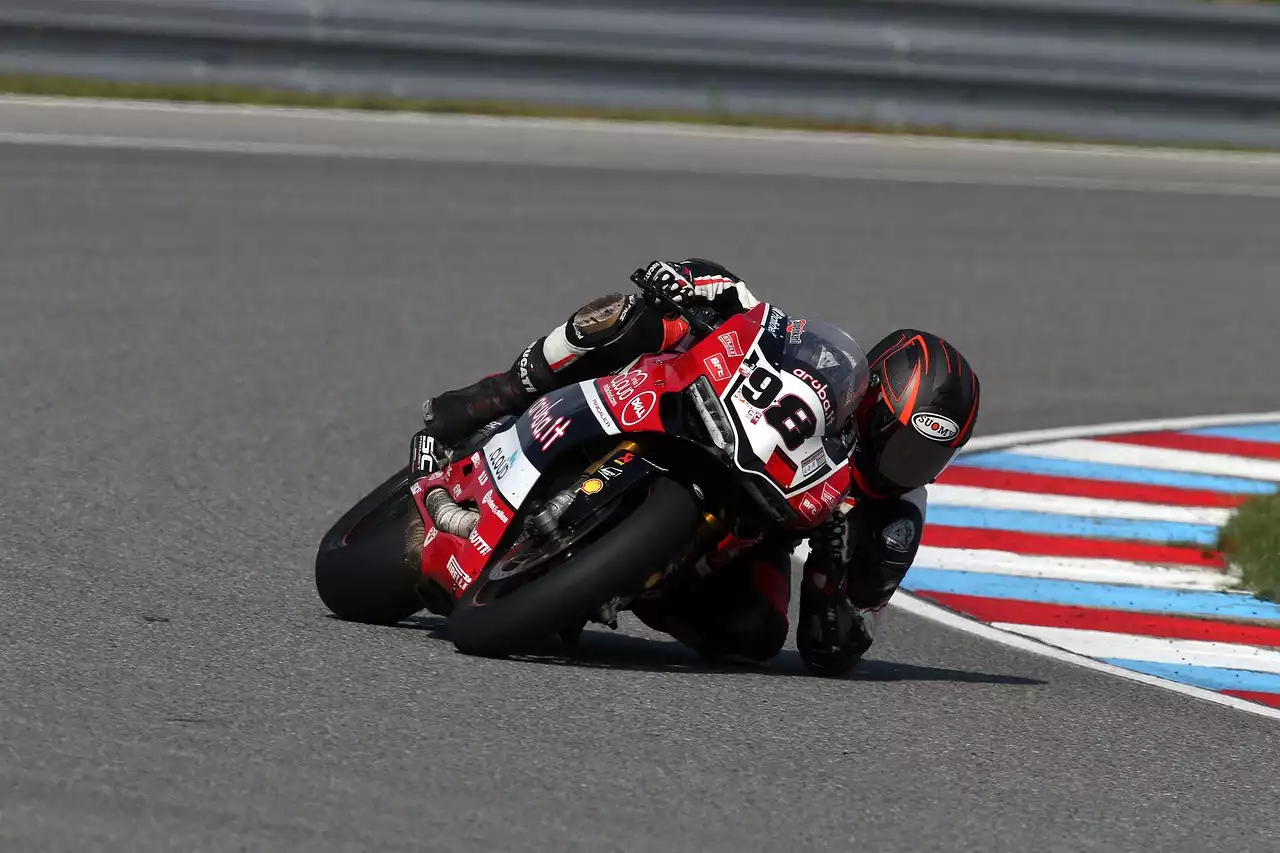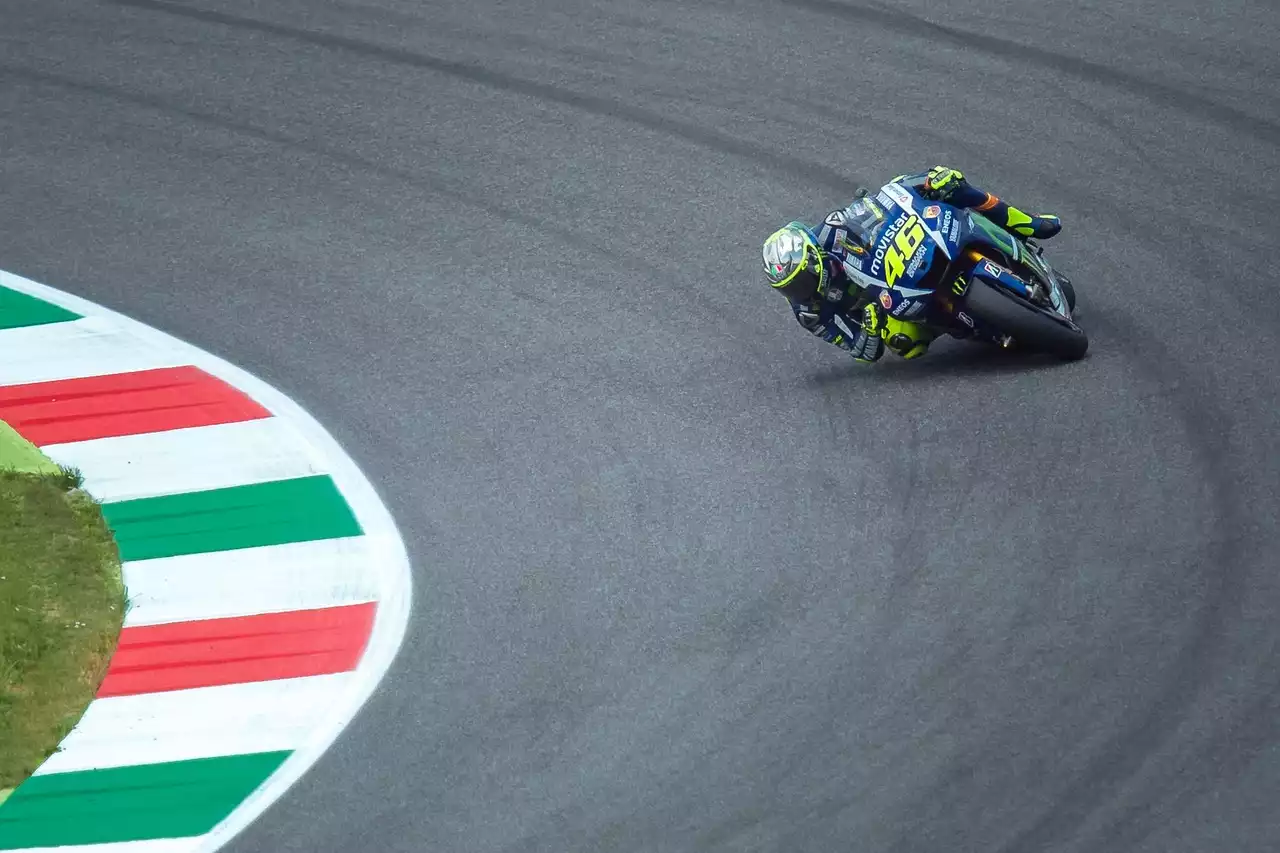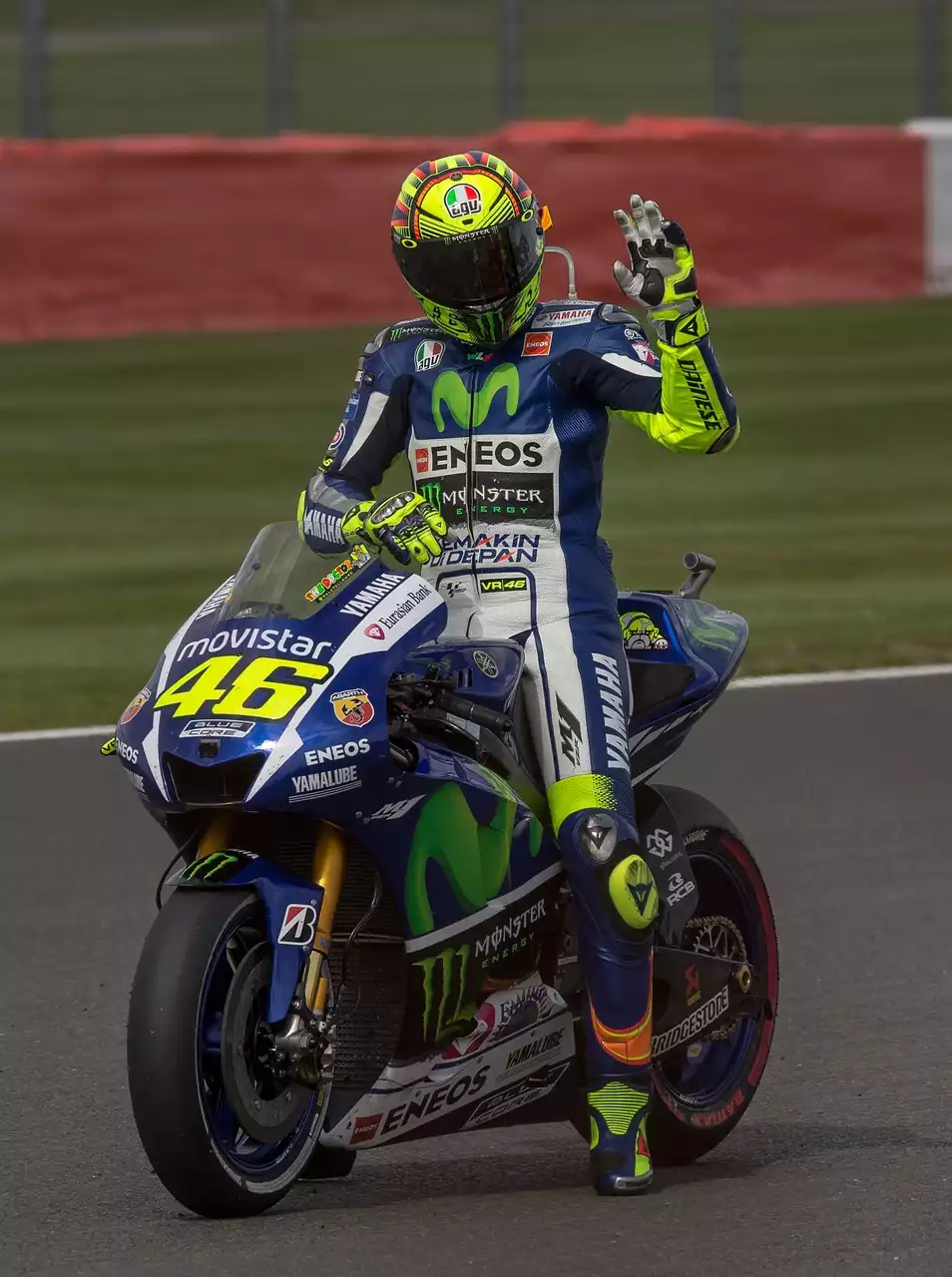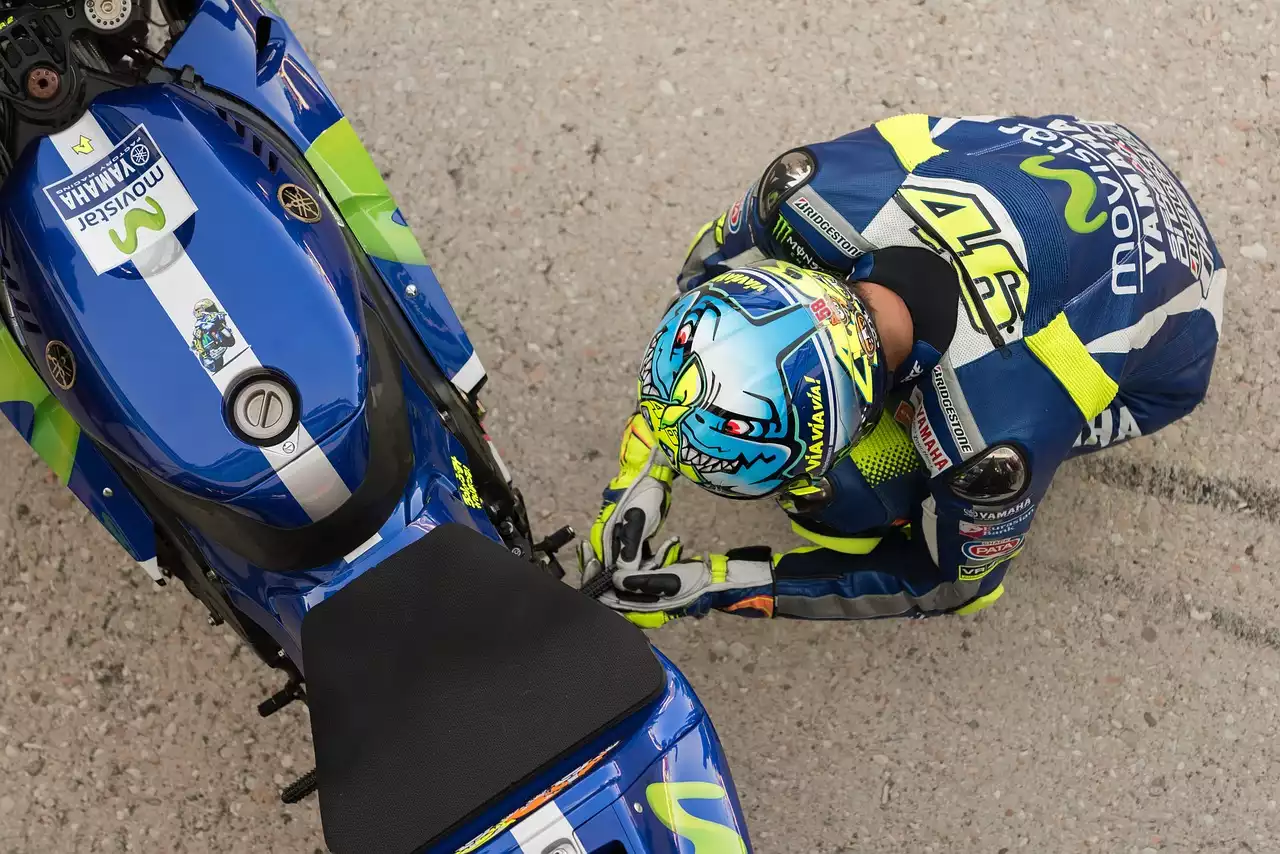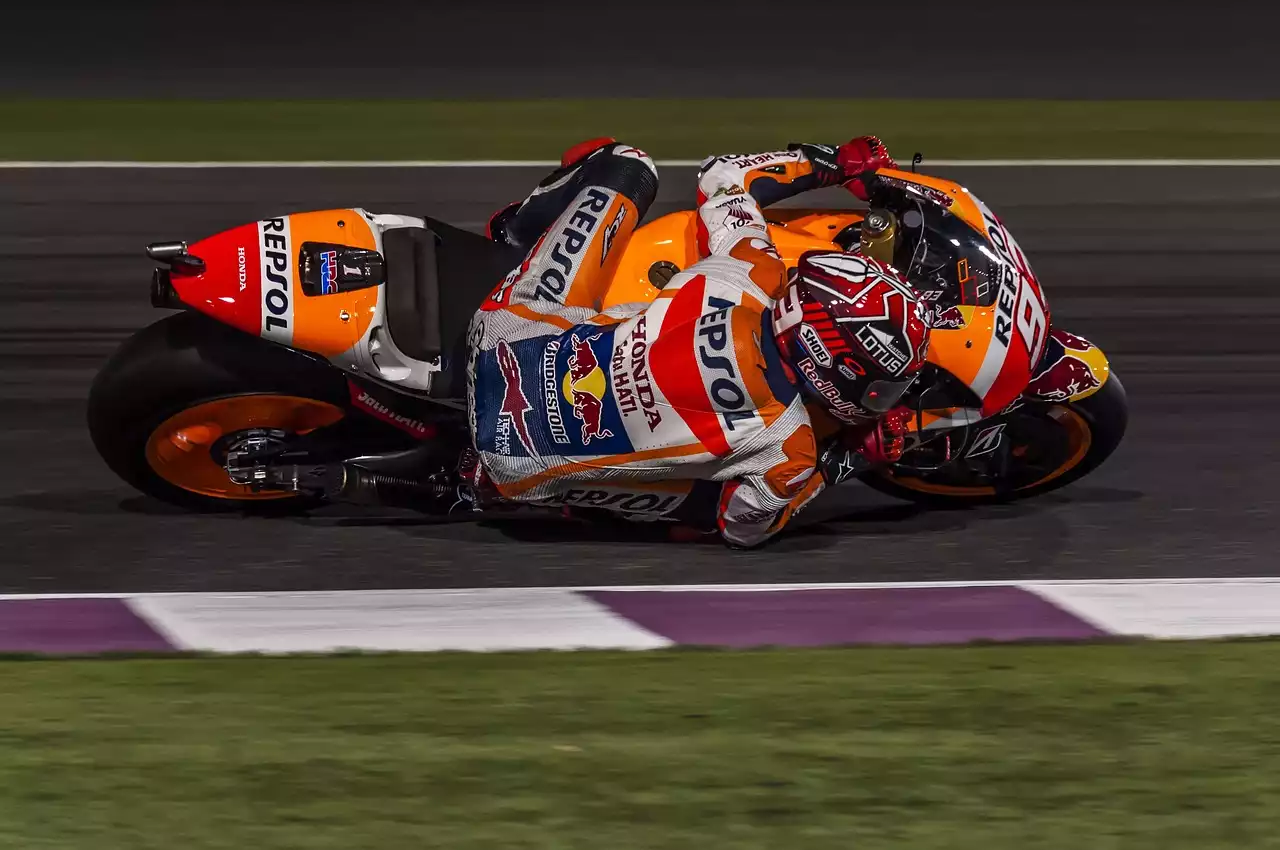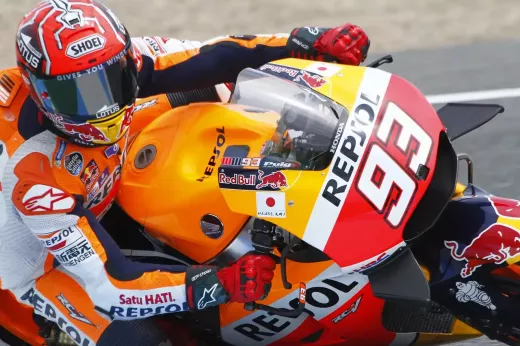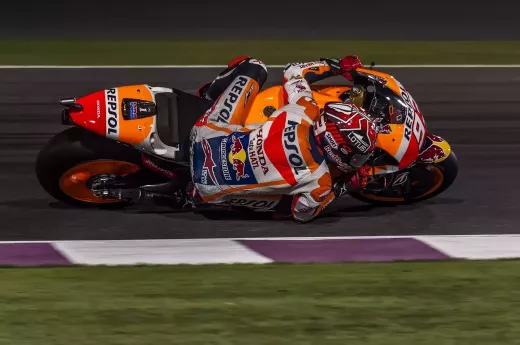History of MotoGP
MotoGP has a rich history that dates back to the early 20th century. The sport began in Europe, where motorcycle manufacturers would compete against each other in races to prove the speed and reliability of their machines. In the 1930s, the Fédération Internationale de Motocyclisme (FIM) was established, and it became the governing body of motorcycle racing. The first World Championship races were held in 1949, and since then, the sport has continued to grow in popularity.
Over the years, MotoGP has seen many changes in its format and rules. The number of races in a season has increased, and the circuits have become more challenging. The bikes themselves have also evolved, with new technologies being developed to increase speed and performance. Today, MotoGP is one of the most exciting and competitive sports in the world, with riders from all over the globe competing for the ultimate prize.
MotoGP vs other motorcycle racing sports
MotoGP is not the only motorcycle racing sport out there. There are many other forms of racing, including Superbike, Supersport, and Motocross. Each of these sports has its own unique characteristics and rules, but MotoGP stands out as the fastest and most prestigious.
Superbike racing is similar to MotoGP, but the bikes used are based on production models that are available to the public. The races are still fast and exciting, but the technology used is not as advanced as in MotoGP. Supersport racing is a smaller version of Superbike racing, with less powerful bikes and shorter races. Motocross, on the other hand, is a completely different type of racing, with riders competing on off-road courses that feature jumps and obstacles.
MotoGP rules and regulations
Like any sport, MotoGP has a set of rules and regulations that all riders and teams must follow. These rules are designed to ensure fair play and safety for all involved. Some of the most important rules include:
- Weight limits: All bikes must weigh at least 148 kg, including the rider.
- Engine restrictions: Bikes must have no more than four cylinders and a displacement of no more than 1000cc.
- Tire regulations: Riders must use tires provided by the official tire supplier of the championship.
- Qualifying procedures: Riders must qualify for the race based on their lap times in practice sessions.
- Safety gear: Riders must wear a full set of protective gear, including a helmet, boots, gloves, and leathers.
The top MotoGP riders of all time
Over the years, MotoGP has seen many great riders come and go. But who are the best of the best? Here are a few of the top MotoGP riders of all time:
- Valentino Rossi: This Italian rider is one of the most successful in MotoGP history, with 89 Grand Prix wins and 9 World Championships.
- Giacomo Agostini: This Italian rider dominated the sport in the 1960s and 70s, winning 15 World Championships and 122 Grand Prix races.
- Mick Doohan: This Australian rider won 5 consecutive World Championships in the 1990s, and retired with 54 Grand Prix wins.
- Marc Marquez: This Spanish rider is one of the most successful of his generation, with 8 World Championships and 56 Grand Prix wins.
MotoGP circuits around the world
MotoGP races take place all over the world, from Australia to the Americas. Each circuit is unique, with its own set of challenges and characteristics. Here are a few of the most famous circuits in the MotoGP calendar:
- Circuit de Barcelona-Catalunya: This circuit in Spain is known for its fast corners and long straightaways.
- Mugello Circuit: Located in Italy, this circuit is known for its challenging elevation changes and high-speed corners.
- Circuit of the Americas: This circuit in the United States is one of the newest on the calendar, and features a mix of fast and slow sections.
- Phillip Island Grand Prix Circuit: Located in Australia, this circuit is known for its scenic views and unpredictable weather conditions.
MotoGP bikes - design and technology
The bikes used in MotoGP are some of the most advanced machines on the planet. They are designed to be as fast and agile as possible, with cutting-edge technology that allows them to reach speeds of over 220 mph. Some of the features of a MotoGP bike include:
- Carbon fiber frame: This lightweight material is used to make the frame of the bike, which helps to reduce weight and increase stiffness.
- Custom suspension: Each bike has a custom suspension system that is designed to provide the perfect balance of stability and agility.
- Advanced electronics: MotoGP bikes feature advanced electronics that help to control the power delivery and traction of the bike.
- Carbon fiber brakes: These high-performance brakes are designed to provide maximum stopping power while minimizing weight.
MotoGP merchandise and fan culture
MotoGP has a passionate fan base that spans the globe. Fans can show their support for their favorite riders and teams by purchasing merchandise such as t-shirts, hats, and jackets. There are also fan clubs and online communities where fans can connect and share their love of the sport. Some fans even travel to different circuits around the world to watch the races in person.
How to watch MotoGP races
If you're a fan of MotoGP, there are many ways to watch the races. The easiest way is to tune in on TV, as many networks around the world broadcast the races live. You can also stream the races online through various platforms such as MotoGP.com, which offers a paid subscription service. Some fans even attend the races in person, which can be an unforgettable experience.
Tips for attending a MotoGP race
If you're planning to attend a MotoGP race in person, there are a few things to keep in mind. First, make sure to book your tickets well in advance, as races can sell out quickly. It's also a good idea to arrive early on race day to secure a good viewing spot. Finally, be prepared for the noise and excitement of the race, and bring earplugs to protect your hearing.
